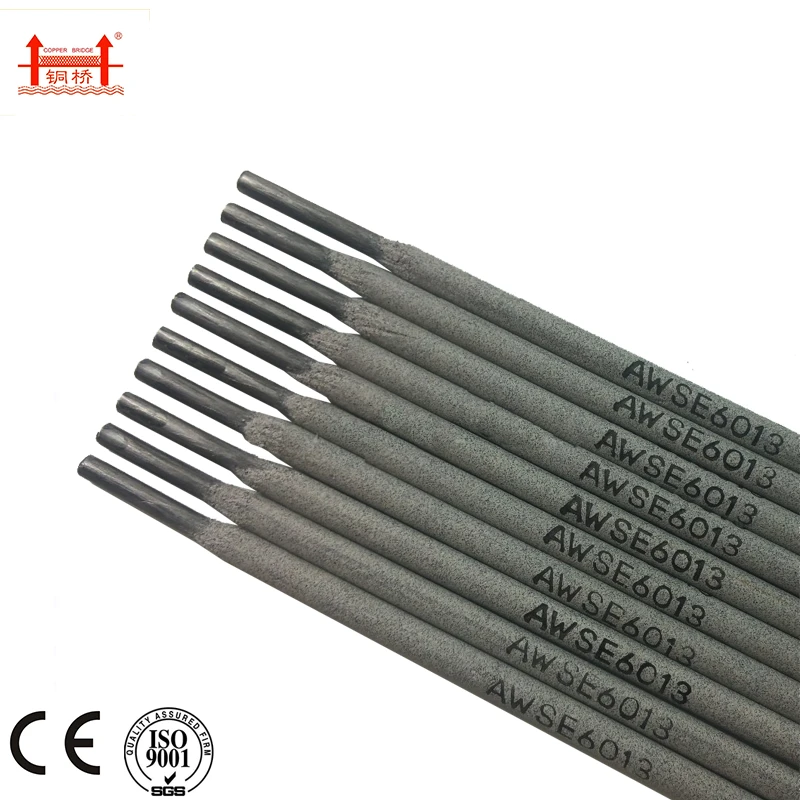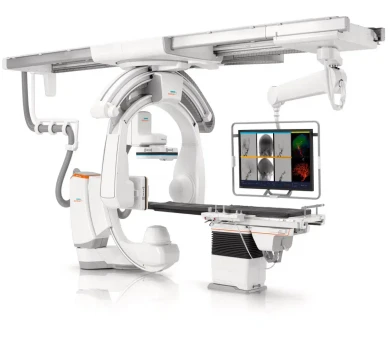The landscape of welding electrode manufacturing is diverse and complex
. Different manufacturers specialize in creating specific types of electrodes, such as SMAW, GMAW, and GTAW, each having unique characteristics tailored for various applications. What sets the best manufacturers apart is their commitment to quality standards and innovative spirit in electrode production. They employ cutting-edge technology and adhere to rigorous testing protocols to ensure the electrodes meet industry standards such as AWS (American Welding Society), ISO, and others. This adherence to globally recognized standards is not merely a stamp of quality but reflects their authority and trust within the industry.
...
" title='
'>
" title=''> ...
" title=''>" title=''> ...
'>
...
" title='
'>
" title=''> ...
'>
...


